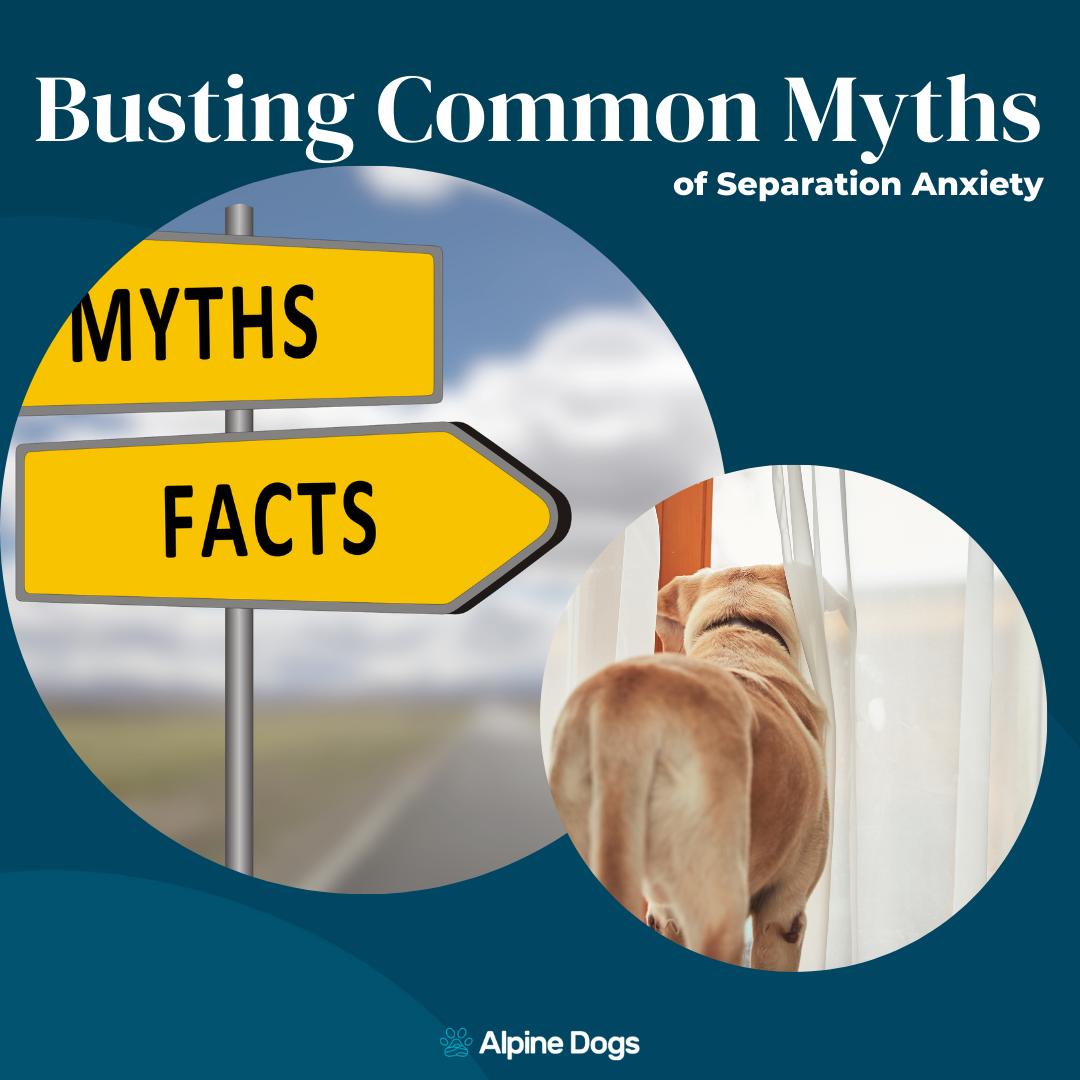Think obedience training will fix your dog’s separation anxiety? Learn why it’s not that simple—and what actually works to help your dog feel calm and safe when left alone.
If your dog barks, whines, or panics when left alone, you might have been told to sign up for obedience classes.
Maybe you’ve tried it already.
Sit. Stay. Down.
You’ve practiced everything.
And still—your dog can’t cope when you leave the house.
It’s not because you didn’t try hard enough.
And it’s definitely not because your dog is “stubborn.”
The truth is:
Separation anxiety in dogs isn’t a training problem—it’s an emotional one.
What Is Separation Anxiety in Dogs?
Separation anxiety is a panic disorder that occurs when a dog is left alone or separated from their attachment figure. It’s not just barking or boredom—it’s a full-blown emotional and physiological response that can include:
-
Destructive behavior (like chewing or scratching at doors)
-
Excessive vocalization (barking, whining, howling)
-
Pacing or escape attempts
-
House soiling
-
Drooling or panting excessively
-
Inability to settle or rest when alone
These aren’t signs of disobedience. They’re signs of distress.
Why Obedience Training Doesn’t Help Separation Anxiety
Obedience training is incredibly useful—for building communication, teaching polite behaviors, and navigating everyday life with your dog. But it won’t solve a fear-based emotional response like separation anxiety.
Here’s why:
-
Obedience teaches skills like sit, stay, down, and come.
-
Separation anxiety is an involuntary panic reaction. Your dog isn’t choosing to misbehave—they’re experiencing a fear response they can’t control.
You can have the world’s most obedient dog… and they can still panic the moment you close the front door.
In fact, many of my separation anxiety clients have completed multiple training classes—and still struggle. That’s because most traditional training doesn’t address the underlying emotional cause.
Common Myths That Hold People Back
Let’s clear up a few common misconceptions about dog separation anxiety:
-
❌ “They just need more exercise.”
While physical activity is important, no amount of ball-chasing or long walks will resolve a panic disorder on its own. -
❌ “They’re doing it for attention.”
Separation anxiety isn’t manipulative—it’s a sign your dog feels genuinely unsafe when alone. -
❌ “You need to show them who’s boss.”
This outdated thinking ignores the real cause: anxiety, not dominance.
What Does Help a Dog With Separation Anxiety?
The most effective treatment for separation anxiety is a structured process called desensitization.
This involves very gradually getting your dog used to being alone—starting with small, achievable absences and building up slowly over time.
When done correctly, desensitization:
-
Rebuilds your dog’s sense of safety and predictability
-
Reduces anxiety through controlled exposure
-
Is tailored to your dog’s specific threshold and progress speed
-
Prevents regression by staying under your dog’s panic point
It’s not a quick fix—but it’s a lasting one.
What Makes My Approach Different?
At Alpine Dogs, I specialize in helping dogs with separation anxiety using science-based, welfare-first methods.
Here’s what you can expect when we work together:
-
Custom training plans written daily for your dog’s exact needs
-
Expert support from a Certified Separation Anxiety Trainer (CSAT)
-
Unlimited email and video review so you’re never left guessing
-
❤️ A compassionate, non-judgmental space to help you and your dog grow together
Whether your dog struggles when you leave for five seconds or five hours, we’ll find a starting point that feels safe—and build from there.
Because real progress happens when your dog isn’t scared.
What If You’ve Already Tried Everything?
If you’ve tried obedience classes, crate training, or even medication without success, you might feel like nothing will work.
But here’s what I want you to know:
➡️ You haven’t failed. You just haven’t had the right support yet.
Separation anxiety is complex—and it requires a plan that meets your dog where they are emotionally, not just behaviorally.
You’re Not Alone—And You Don’t Have to Guess Anymore
Helping your dog overcome separation anxiety can feel isolating, frustrating, and emotionally exhausting. I know, because I’ve lived it—both professionally and personally.
That’s why I do what I do.
If you’re ready to stop Googling solutions and start working with a program that actually fits your dog, I’d love to help.
Book a free discovery call today
We’ll talk through your dog’s history, what you’ve tried, and whether my approach is a good fit.
Book your FREE discovery call here
There is hope. There is help. And your dog isn’t broken.
Let’s help them feel safe again.
